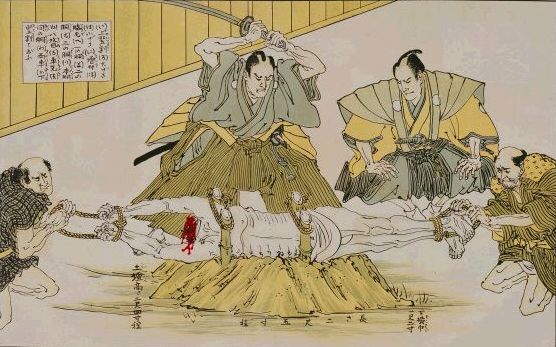
Independent translator and publisher of rare and unusual Japanese books. Jujutsu, Ninjutsu, and other Samurai stuff自称翻訳家
How to get URL link on X (Twitter) App

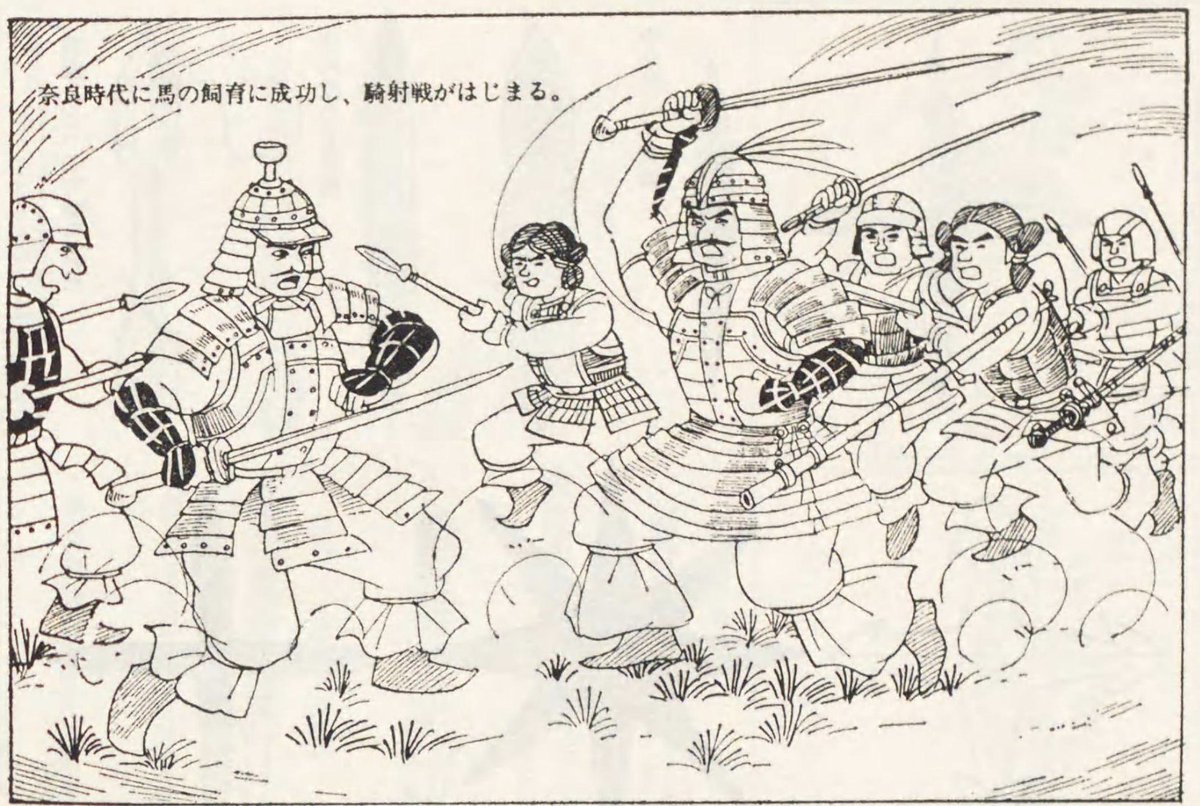
 Heian~Kamakura period (794~1333)
Heian~Kamakura period (794~1333)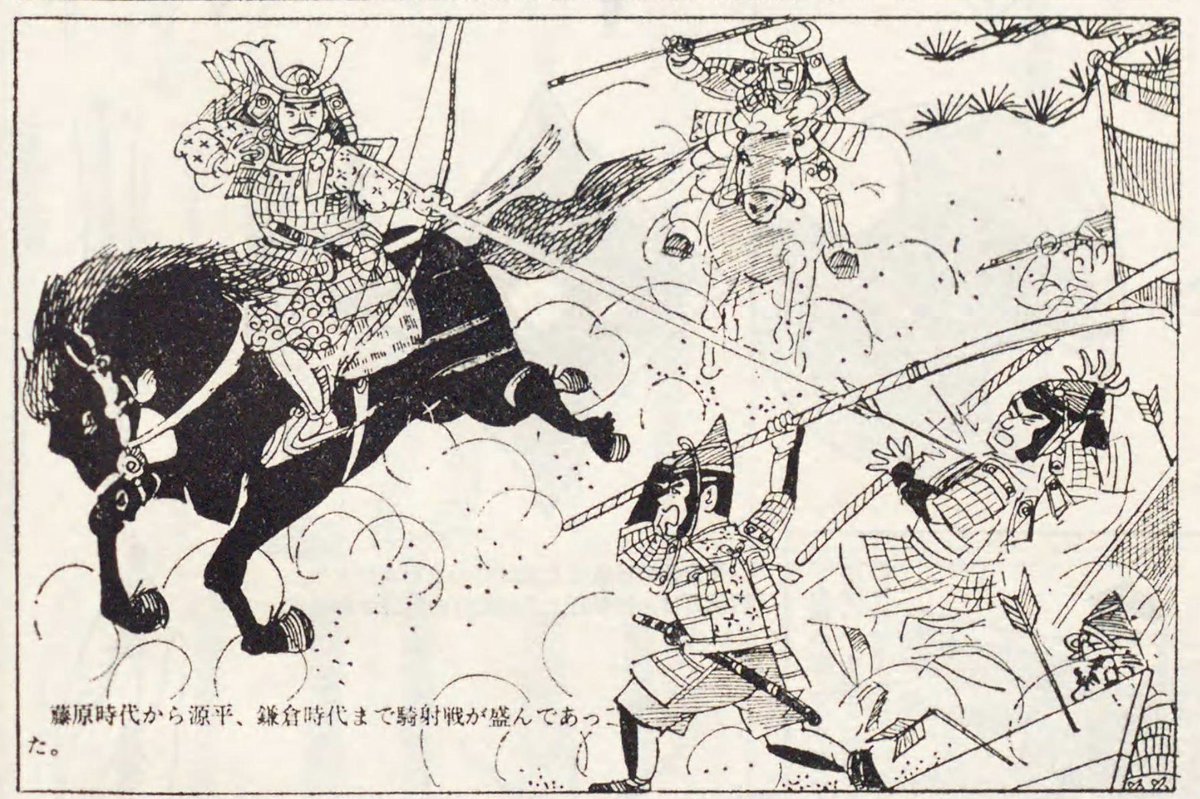



 3. Kichijiro (under 15) Involved in a murder. Initial sentence unknown, kept under guardianship 15 then given Chu Tsuiho 中追放 middle distance expulsion
3. Kichijiro (under 15) Involved in a murder. Initial sentence unknown, kept under guardianship 15 then given Chu Tsuiho 中追放 middle distance expulsion


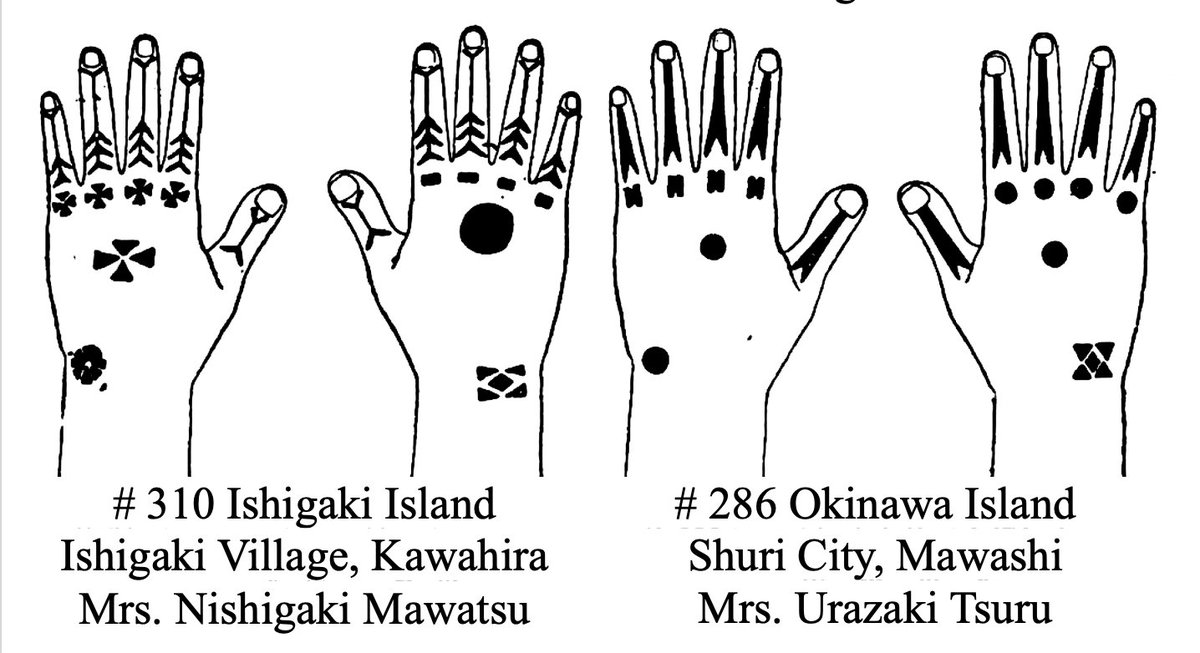 On the way to the island, a huge storm struck the ship the royal priestess was on, blowing it wildly off-course. It drifted for a long time before shipwrecking on the shore of Japan in Kii Domain.
On the way to the island, a huge storm struck the ship the royal priestess was on, blowing it wildly off-course. It drifted for a long time before shipwrecking on the shore of Japan in Kii Domain. 
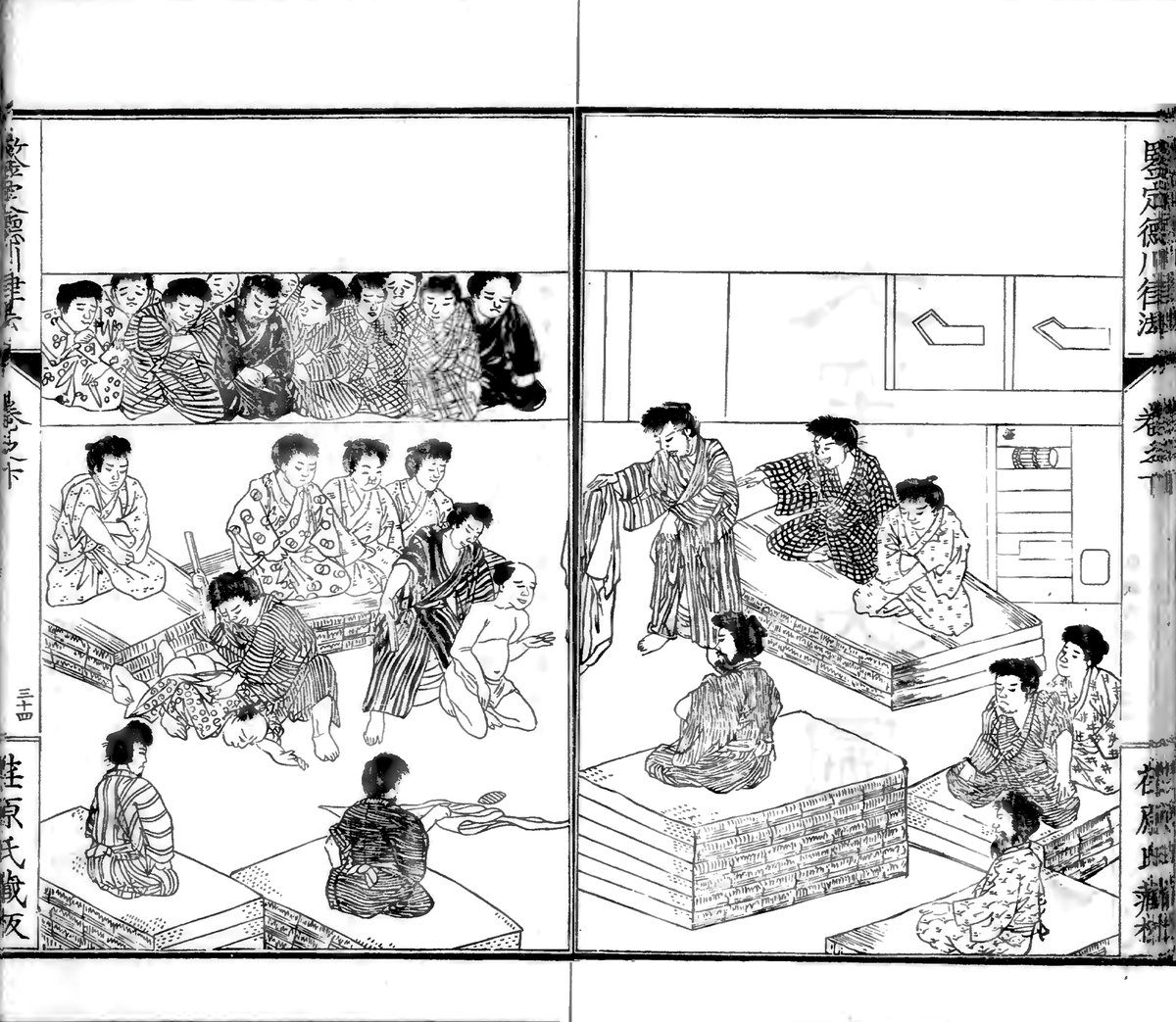
 If you were a new prisoner, you would first meet "the key" a prisoner in charge of prisoners entering and leaving the cell. You would be stripped naked and beaten on the ass with a floorboard or stick to remove any resistance.
If you were a new prisoner, you would first meet "the key" a prisoner in charge of prisoners entering and leaving the cell. You would be stripped naked and beaten on the ass with a floorboard or stick to remove any resistance. 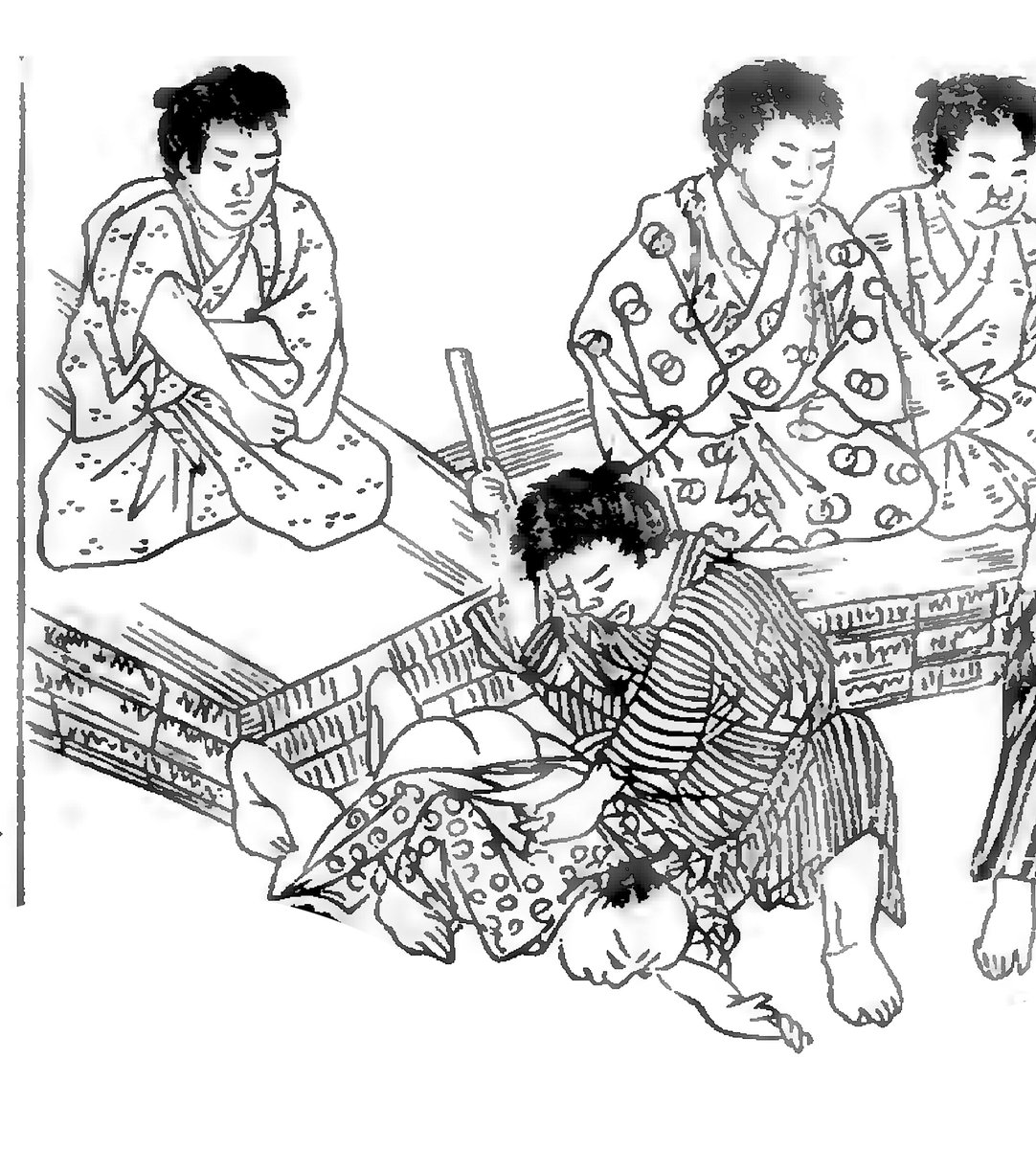
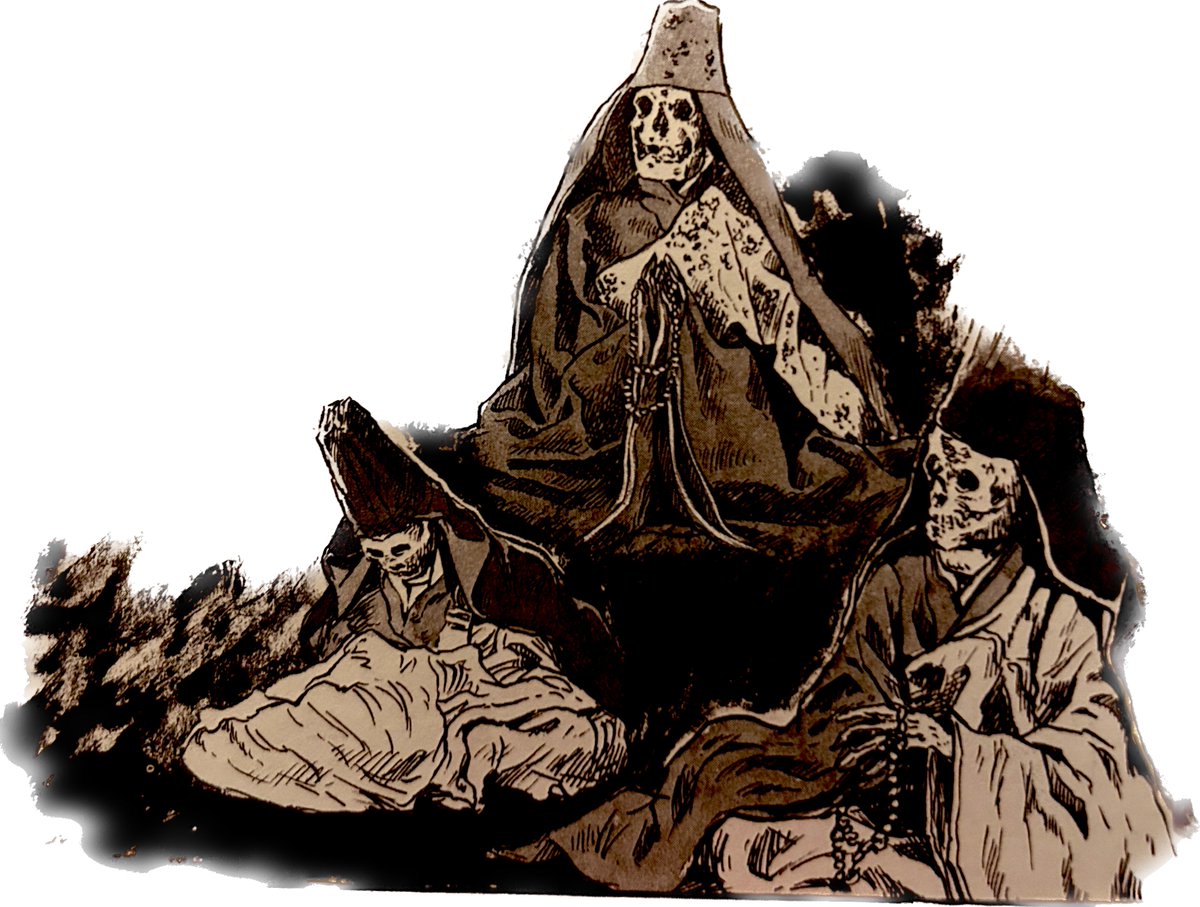
 A monk, after committing himself to celibacy and spreading Buddhism, known as Issei Gyojin世行人, will next spend five and a half years reducing his diet from ten different grains, to five and then eventually only to water. This is called Mokujiki-Gyo木食行 “tree food training”
A monk, after committing himself to celibacy and spreading Buddhism, known as Issei Gyojin世行人, will next spend five and a half years reducing his diet from ten different grains, to five and then eventually only to water. This is called Mokujiki-Gyo木食行 “tree food training” 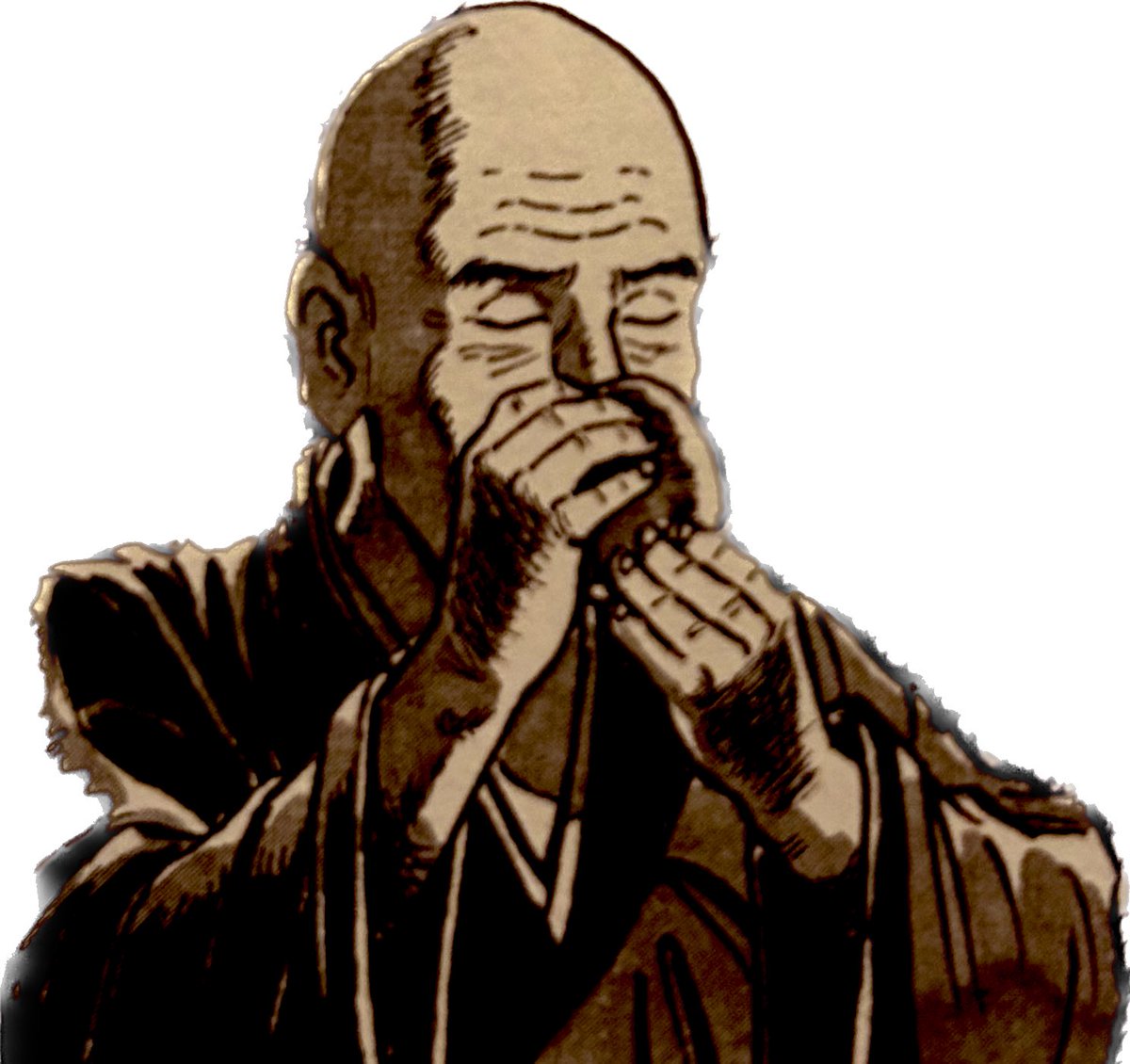
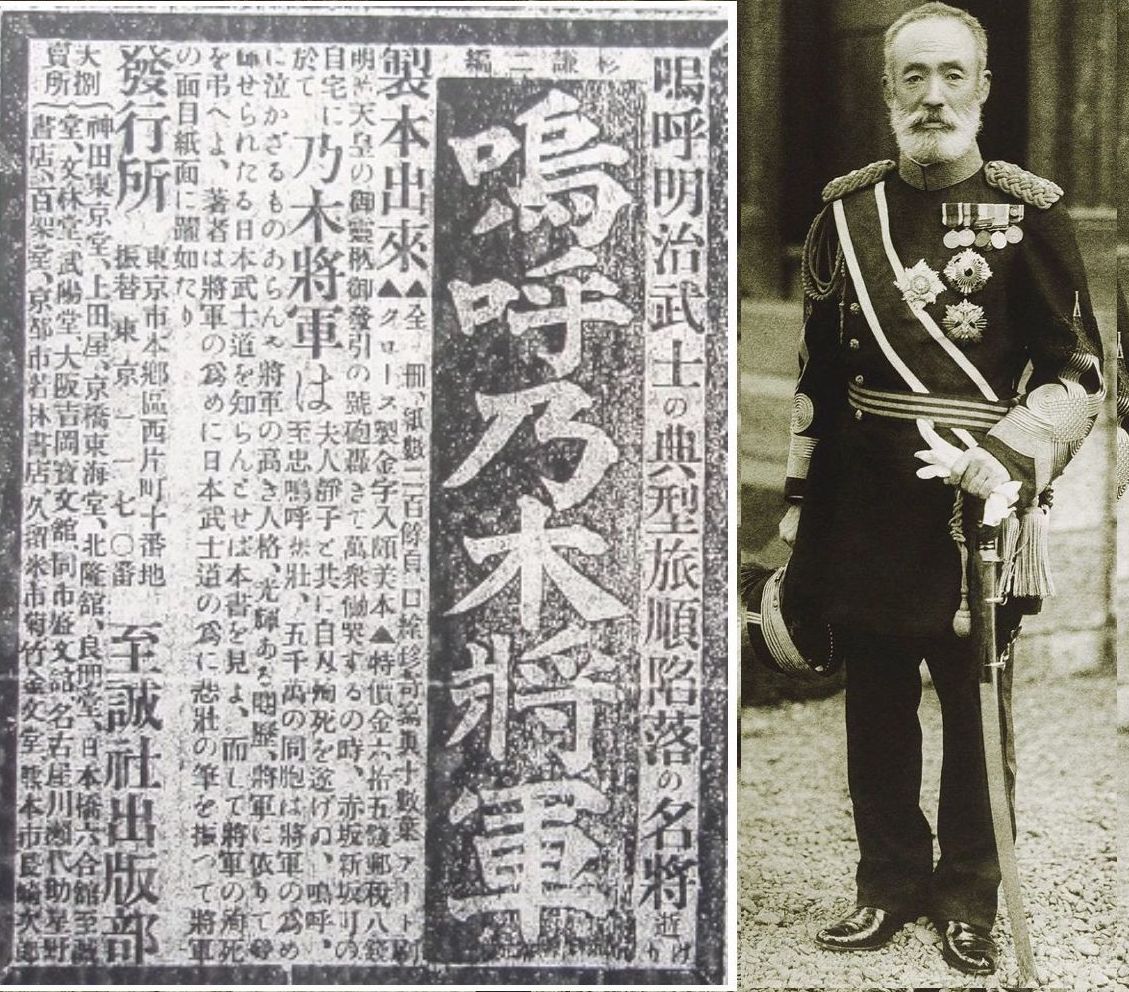
 "Incorrect details regarding the Waripuku (Seppuku) of the Shogun Nogi at the eight o’clock in the evening on the 13th of September (the day of the Meiji Emperor’s funeral). For this reason I would like to tell the truth about what happened in his final moments.”
"Incorrect details regarding the Waripuku (Seppuku) of the Shogun Nogi at the eight o’clock in the evening on the 13th of September (the day of the Meiji Emperor’s funeral). For this reason I would like to tell the truth about what happened in his final moments.”
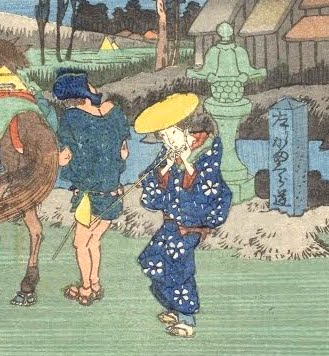
 A Daimyo sending his wife back to his domain might signal the beginning of an insurrection. While all travelers had to have a travel permit, the ones for women were more detailed and the inspections were stricter. For example, they had to define the “type of woman.”
A Daimyo sending his wife back to his domain might signal the beginning of an insurrection. While all travelers had to have a travel permit, the ones for women were more detailed and the inspections were stricter. For example, they had to define the “type of woman.” 

 The boat they were sailing on, the Tokujo-Maru, was a 120 ton vessel carrying a cargo of rice, soybeans and oil. It departed Owari, bound for Edo. At the time, such ships rarely ventured far from shore thus captains only paid attention to the wind and didn't account for currents.
The boat they were sailing on, the Tokujo-Maru, was a 120 ton vessel carrying a cargo of rice, soybeans and oil. It departed Owari, bound for Edo. At the time, such ships rarely ventured far from shore thus captains only paid attention to the wind and didn't account for currents. 

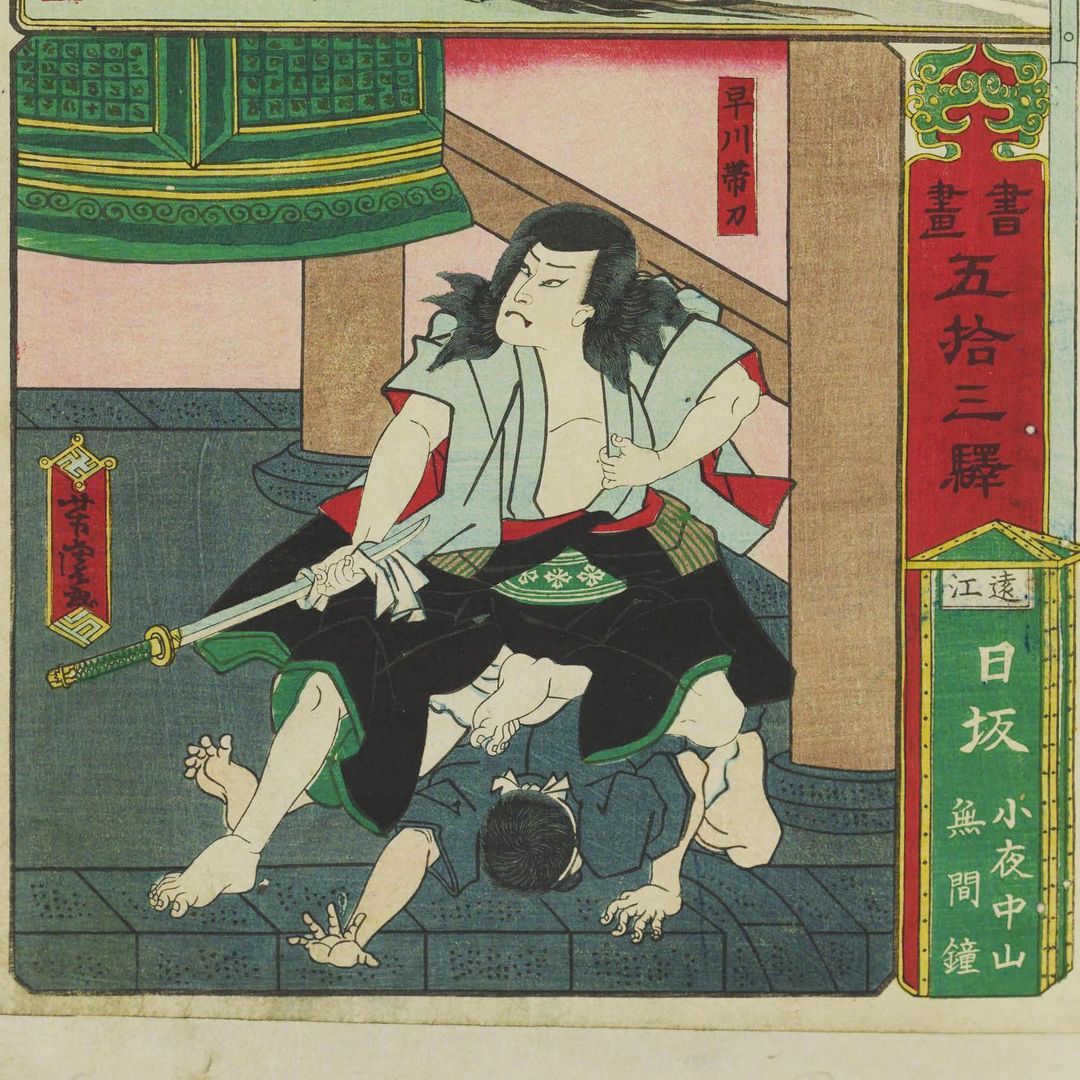
 ...committing Seppuku. This way of thinking causes the Bumon no Shi, or followers of martial training, in this land to sigh in praise.
...committing Seppuku. This way of thinking causes the Bumon no Shi, or followers of martial training, in this land to sigh in praise.
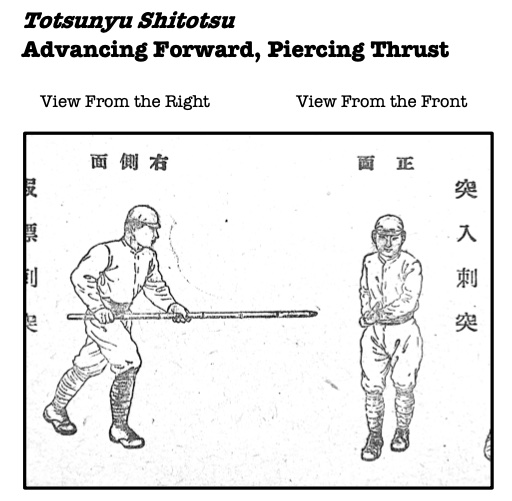
 This booklet is two rectangular pages folded into a book. The top sheet is for students and the bottom sheet is for instructors. The instructor’s sheet covers the same topics as the student’s sheet but details the training objectives for instructors.
This booklet is two rectangular pages folded into a book. The top sheet is for students and the bottom sheet is for instructors. The instructor’s sheet covers the same topics as the student’s sheet but details the training objectives for instructors. 
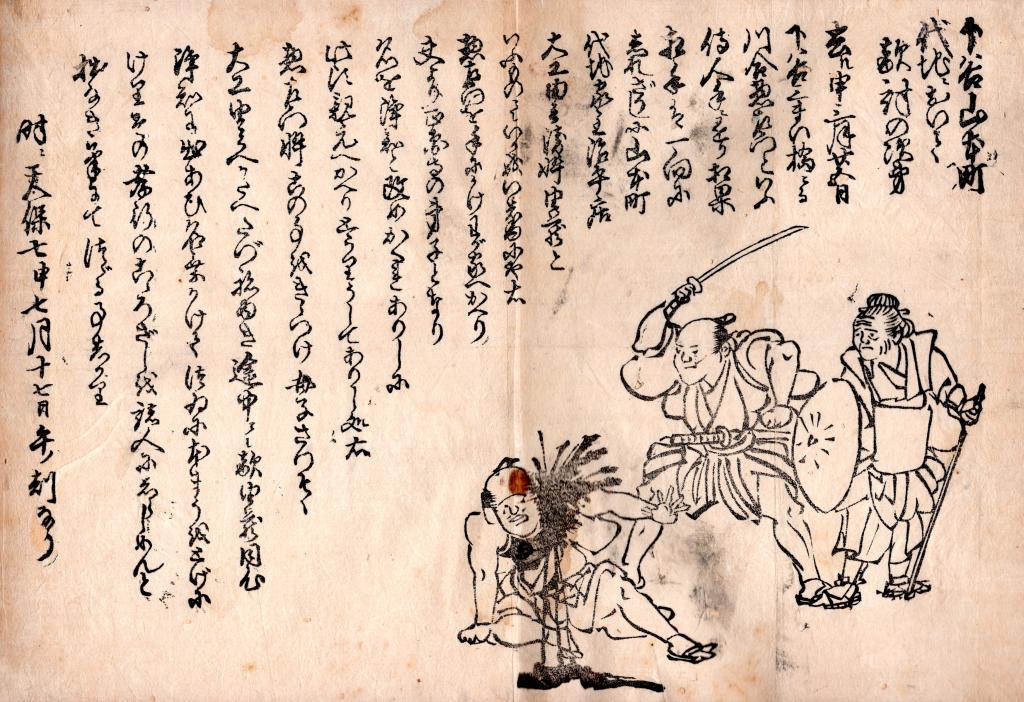
 If you were traveling to a different domain for revenge your Lord would have to contact each of the three top officials in that domain:
If you were traveling to a different domain for revenge your Lord would have to contact each of the three top officials in that domain: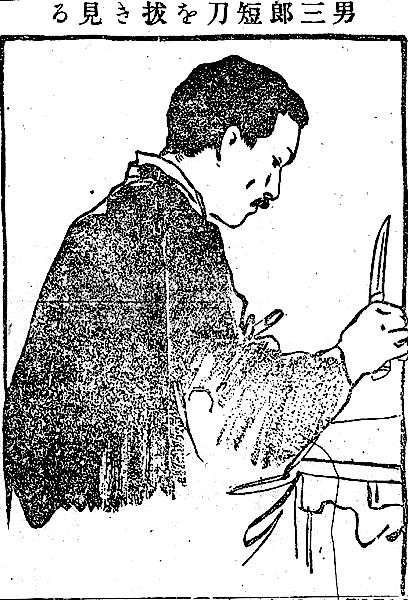
 Police focused on a man who had been frequenting the pharmacy, Noguchi Saburo. Saburo’s brother-in-law had also died suddenly. He was later connected with the murder of an 11 year old boy who was found with two chunks of flesh cut out of his buttocks and his eyes gouged out.
Police focused on a man who had been frequenting the pharmacy, Noguchi Saburo. Saburo’s brother-in-law had also died suddenly. He was later connected with the murder of an 11 year old boy who was found with two chunks of flesh cut out of his buttocks and his eyes gouged out.
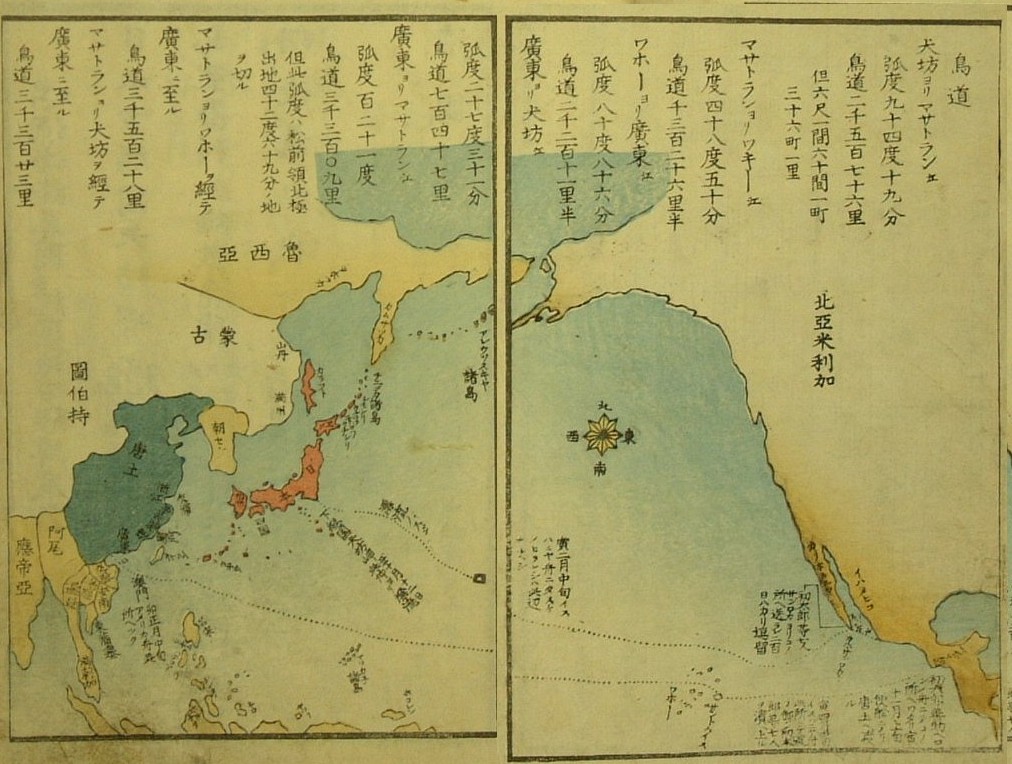
 The boat, called the Tokujo-Maru督乗丸 was a 120 ton vessel carrying a cargo of rice, soybeans and oil departed Owari, bound for Edo.
The boat, called the Tokujo-Maru督乗丸 was a 120 ton vessel carrying a cargo of rice, soybeans and oil departed Owari, bound for Edo.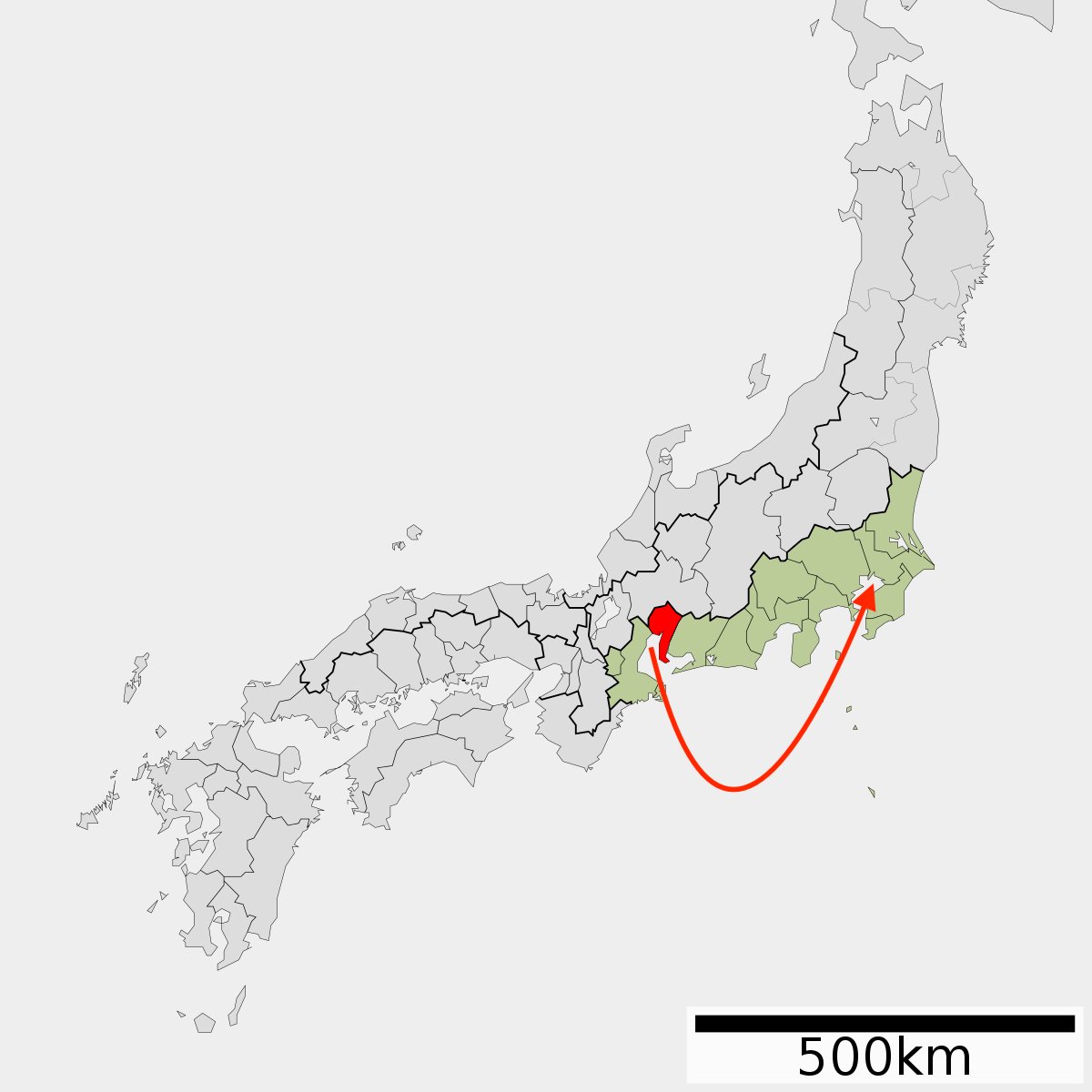


 The following weapons are mentioned in the legislation:
The following weapons are mentioned in the legislation: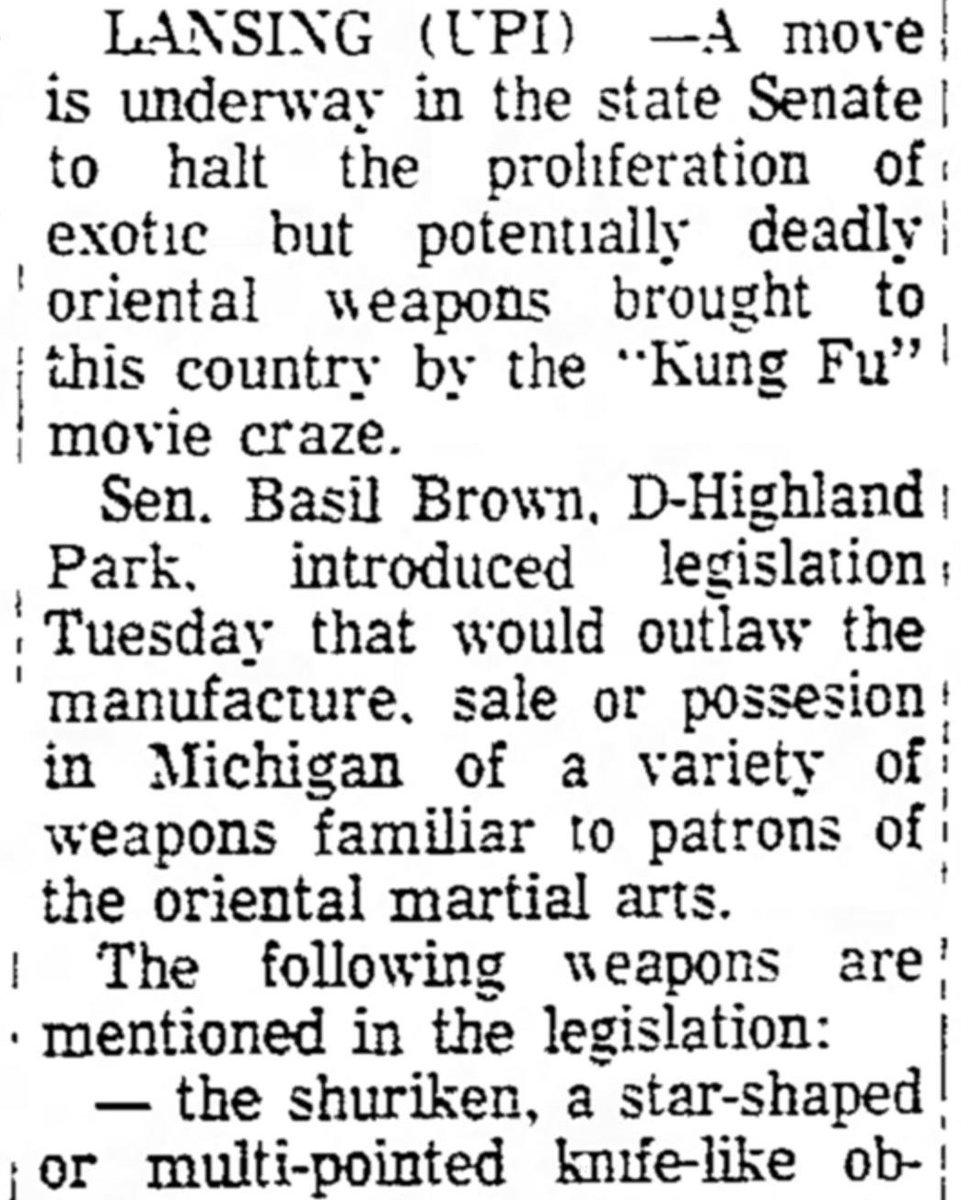

 2/6
2/6